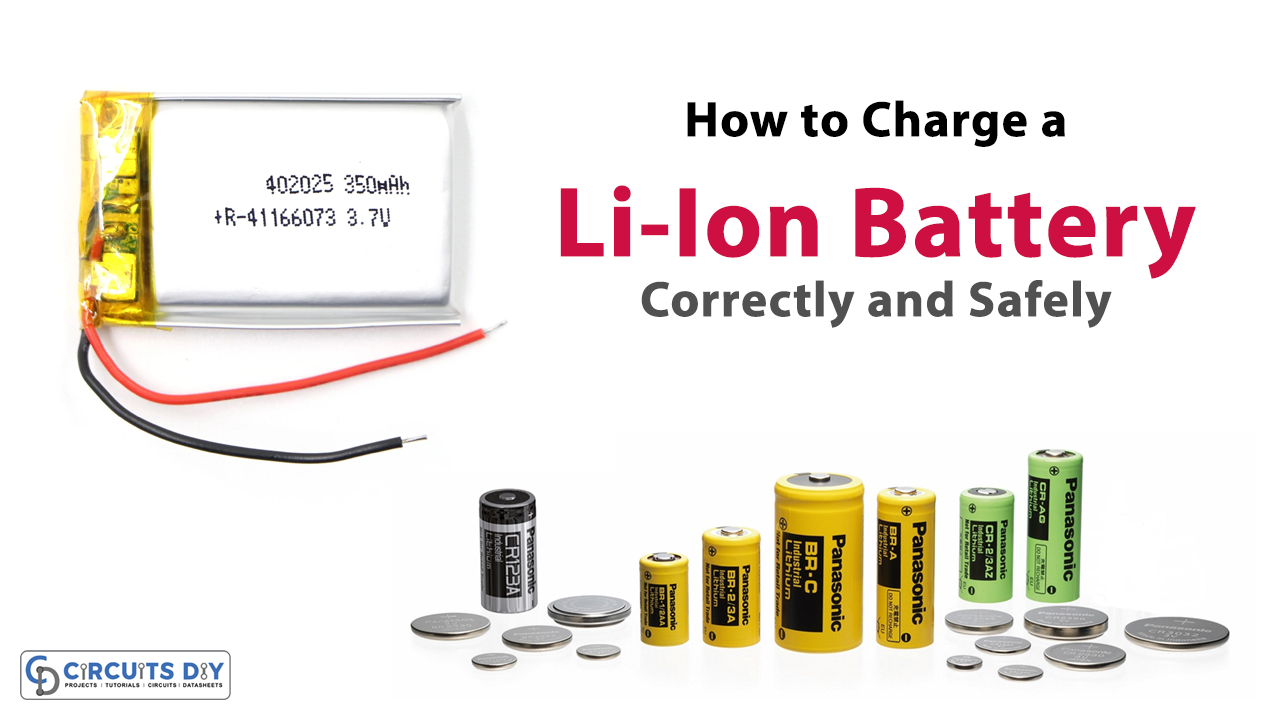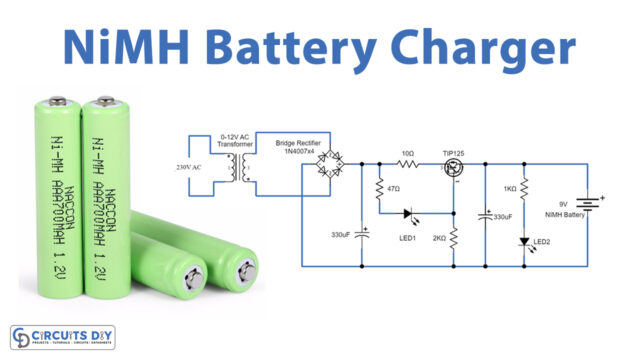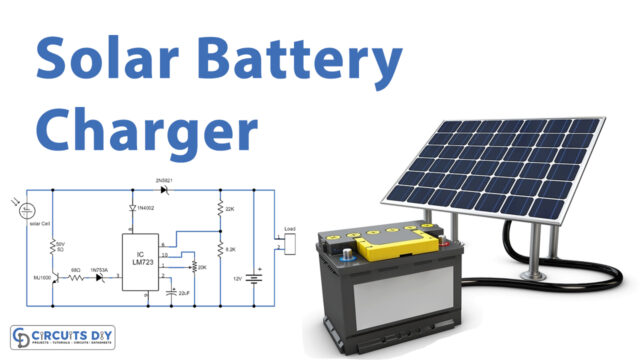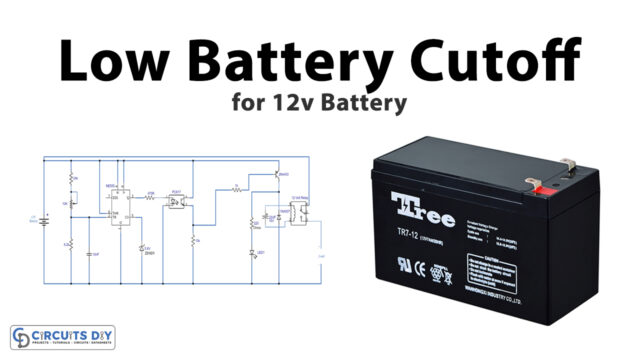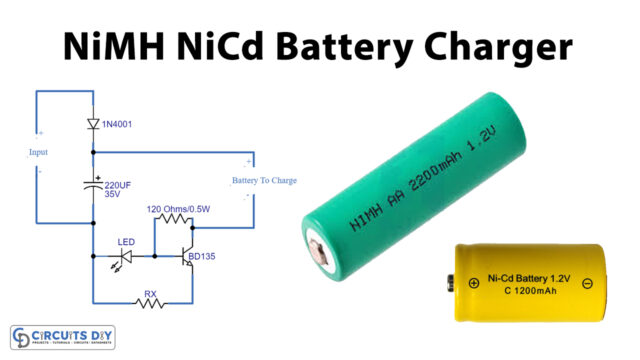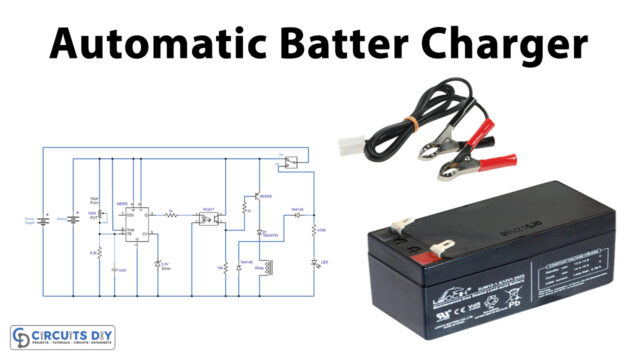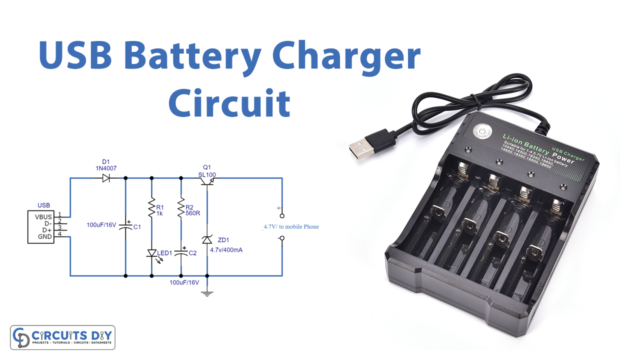Introduction
Welcome to this blog on charging Li-Ion batteries correctly and safely. If you’ve ever owned a device that runs on a Li-Ion battery, you know that keeping it charged and functioning correctly is essential for its longevity and your own convenience.
But did you know that charging a Li-Ion battery incorrectly can shorten its lifespan and pose a safety risk? That’s right. Charging a Li-Ion battery improperly can cause it to overheat, catch fire, or even explode.
This blog will provide valuable insights into handling Li-Ion batteries responsibly. So let’s dive in and discover the secrets of charging Li-Ion batteries correctly and safely!
Lithium-ion (Li-ion) batteries are widely used in various electronic devices such as smartphones, laptops, and electric vehicles. However, charging these batteries improperly can reduce their lifespan and even cause them to catch fire. To ensure you charge your Li-ion batteries correctly and safely, here are some key points to keep in mind.
Charging Rate
The recommended charging rate for a Li-ion cell is between 0.5C and 1C. In this context, “C” refers to the ampere-hour (AH) or milliampere-hour (mAH) value of the battery. For example, if a Li-ion cell is rated at 2600mAH, then the “C” value becomes 2600, or 2.6 amps. This means it can be charged at its full 1C or 2.6 amps if necessary.

Companies manufacturing Li-ion cells often recommend charging them with 0.8C or less to lengthen the battery’s lifespan. However, some power cells can handle a higher charge C-rate with minimal stress. In general, the charge performance is approximately 99%, and the cell remains cool during the charging process.
Temperature
While reaching 100% charge, some Li-ion batteries may experience a temperature surge of approximately 5ºC (9ºF). This is due to the protection circuit and raised internal resistance. Stop using the battery or charger if the temperature rises above 10ºC (18ºF) within reasonable charging rates.
Full Charge
A Li-ion battery is considered fully charged when it reaches the voltage limit and the current drops to three percent of the rated current. Alternatively, the battery can be considered fully charged when the current reaches the same level and is unable to drop any further. In some cases, increased self-discharge may cause the latter condition.
It is not advisable to fully charge a Li-ion battery, as a high voltage can strain the battery. Choosing a lower voltage tolerance or eliminating the saturation charge entirely can extend the battery life, although it may slightly reduce the backup time.
Chargers
Chargers for consumer goods are typically designed to offer optimal capacity and cannot be modified to extend the product lifespan. Some lower-cost commercial chargers may use the simple “charge-and-run” approach that will charge a Li-ion battery in an hour or less without exploring Stage 2 saturation charge.
Some alternative chargers deliberately set a lower charge voltage limit to extend the battery’s life. Chargers designed for functional readiness, or standby mode, often allow the battery voltage to drop to 4.00V/cell and recharge to only 4.05V/cell instead of the full 4.20V/cell, reducing voltage-related stress and extending battery life.

Parasitic Load
Some portable devices hold a charge during the ON position, with the current consumed known as the parasitic load. This can corrupt the charge cycle and lead to mini-cycles. Battery companies recommend against such parasitic loads during the charging process as they cause wear and tear on the battery.
Main Points of How to Charge a Li-Ion Battery Correctly and Safely
Here are the main points regarding how to charge a Li-Ion battery safely and correctly, summarized in bullet points:
- Turn off the unit or detach the load while charging to let the current decrease unhindered in the course of saturation.
- Charge the battery at a moderate temperature and never charge it at a freezing temperature.
- A partial charge is sufficient for Li-Ion batteries; they don’t have to be fully charged.
- Some chargers do not provide a complete topping charge, so a “ready” signal may not indicate a fully charged battery.
- Stop using the charger and/or battery if the battery gets too warm.
- Charge a discharged battery to a 40-50% state of charge before storing it.
Conclusion
By following the recommended charging rate, monitoring the temperature, avoiding full charges, and using the correct charger, you can charge your Li-ion battery safely and ensure that it has a long lifespan.

